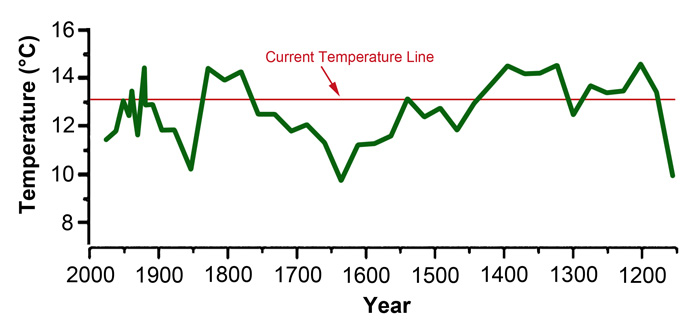| Tweet | Follow @co2science |
Paper Reviewed
Fedotov, A.P., Trunova, V.A., Enushchenko, I.V., Vorobyeva, S.S., Stepanova, O.G., Petrovskii, S.K., Melgunov, M.S., Zvereva, V.V., Krapivina, S.M. and Zheleznyakova, T.O. 2015. A 850-year record climate and vegetation changes in East Siberia (Russia), inferred from geochemical and biological proxies of lake sediments. Environmental Earth Sciences 73: 7297-7314.
According to Fedotov et al. (2015), multiple studies have investigated Late Holocene climatic changes in Europe, Fennoscandia and Canada, yet they say that "information on fluctuations of East Siberian climate during the Late Holocene and in particular the last few centuries is still scarce." In an effort to remedy this data-deficient situation, Fedotov et al. analyzed a lake sediment core extracted from Lake Mountain (51°56'N, 100°45'E), a small freshwater lake located in the western part of East Siberia (Russia) at the East Sayan Ridge.
Among other things, a chironomid-based July temperature reconstruction was one of the fruits of the ten scientists' labors. As indicated in the figure below, although there have been periods of both colder and warmer temperatures, there appears to be no long-term trend in the data. In addition, it is clear from the current temperature line (shown in red) that present temperatures are neither unusual, nor unordinary, within the context of the past 850 years. And, thus, this study provides yet one more example of empirical evidence that stands in opposition to model-based claims that modern temperatures have been rising in response to increasing atmospheric CO2 concentrations.

Chironomid-based July air temperature reconstruction for Lake Mountain, (East Siberia) Russia. The current temperature line (estimated from the authors' figure 1) is shown in red.




